Senses: Taste and smell
Sense of taste and smell
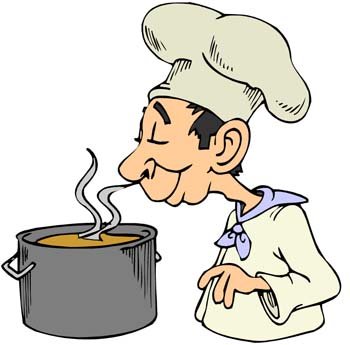
Image by Scienceforkidsclub.com
Our bodies are amazing. One just can't think that little things in our bodies can do such a big function as taste or smell.
Have you ever took the time to smell a flower along the way, or the smell of a wonderfully cooked meal or tasted a sour-sweet?
But... have you ever smelled something so stinky that you couldn't bear staying close to it.

Image by dreamstime.com
Or you tasted something so bad that you couldn't keep the food in

Image by hswstatic
How do smell and taste work?
Our smell and taste senses are part of our chemical sensing system, also known as our chemosensation. The process of smelling and tasting begins when molecules are released by the substances. This then stimulates the nerve cells in our nose, mouth or throat.
Nerve cells are our messengers, and this is the same for when we smell and/or taste. The cells send a message to our brain to help us to identify the specific smell or taste.
Olfactory cells
These cells are also known as our smell nerves. These cells are stimulated by the odors around us. They are found in a tiny patch of tissue that is high up in the nose and then they connect directly to the brain.
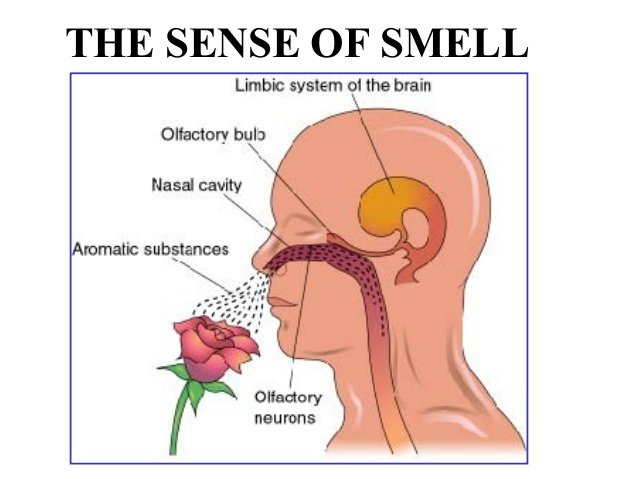
Image by Slideshare
Gustatory cells
The gustatory cells are also known as our taste nerves. These cells are clustered together and form our taste buds of our mouth and our throat. When the saliva is mixed with food or drink, they then react. You will see that you have these little white spots on your tongue. These little bumps usually contain the taste buds. They send taste information to the nearby nerve fibers which then in return send the messages to the brain.
Video to watch
Video Source
Science activity: Taste testing without the smell
You will need the following
- A small piece of peeled potato
- A small piece of peeled apple
Instructions
- Let the child close their eyes.
- Mix the potato and apple pieces.
- Let the learner close their nose.
- Give the learner one piece of the potato and apple to taste.
- Let the learner try to guess which piece is which.
Why do the apple and potato taste almost the same?
Your nose and mouth are connected through the same airway. This means that we usually smell and taste food at the same time. So when we take away our sense of smell and sight this then in return limits our ability to tell the difference between certain foods.

Created by Giphy

Team South Africa banner designed by @bearone
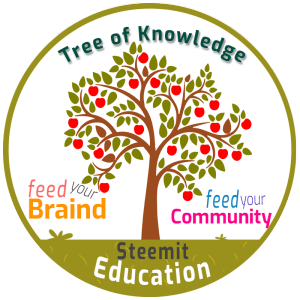
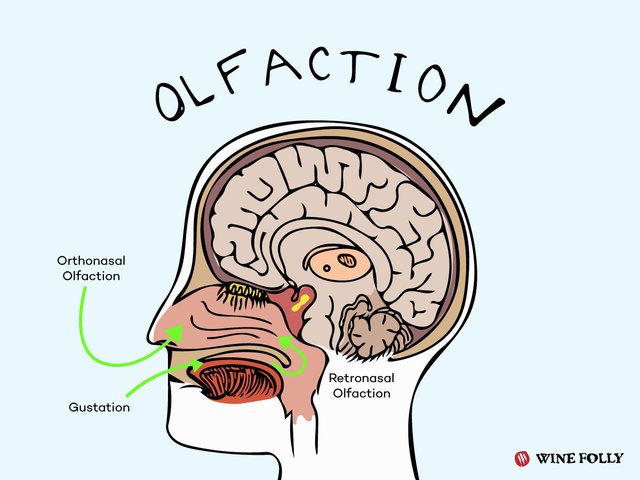
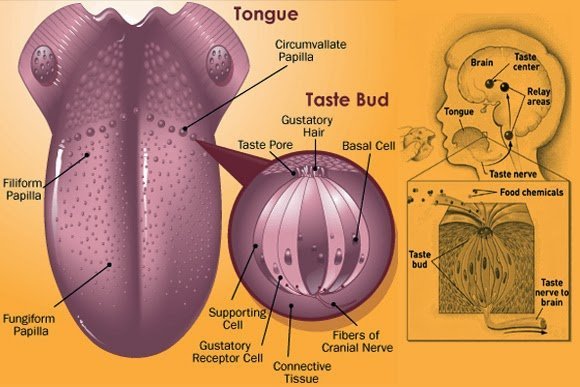
Lovely educational piece of content once again @tanyaschutte
If you would like to support the educational community by delegating to @steemiteducation, please click on any of the following links. This will ensure that more teachers are supported on a daily basis.
100SP 200SP 300SP 400SP 500SP 750SP 1000SP 2000SP 3000SP 4000SP 5000SP 10,000SP 25,000SP